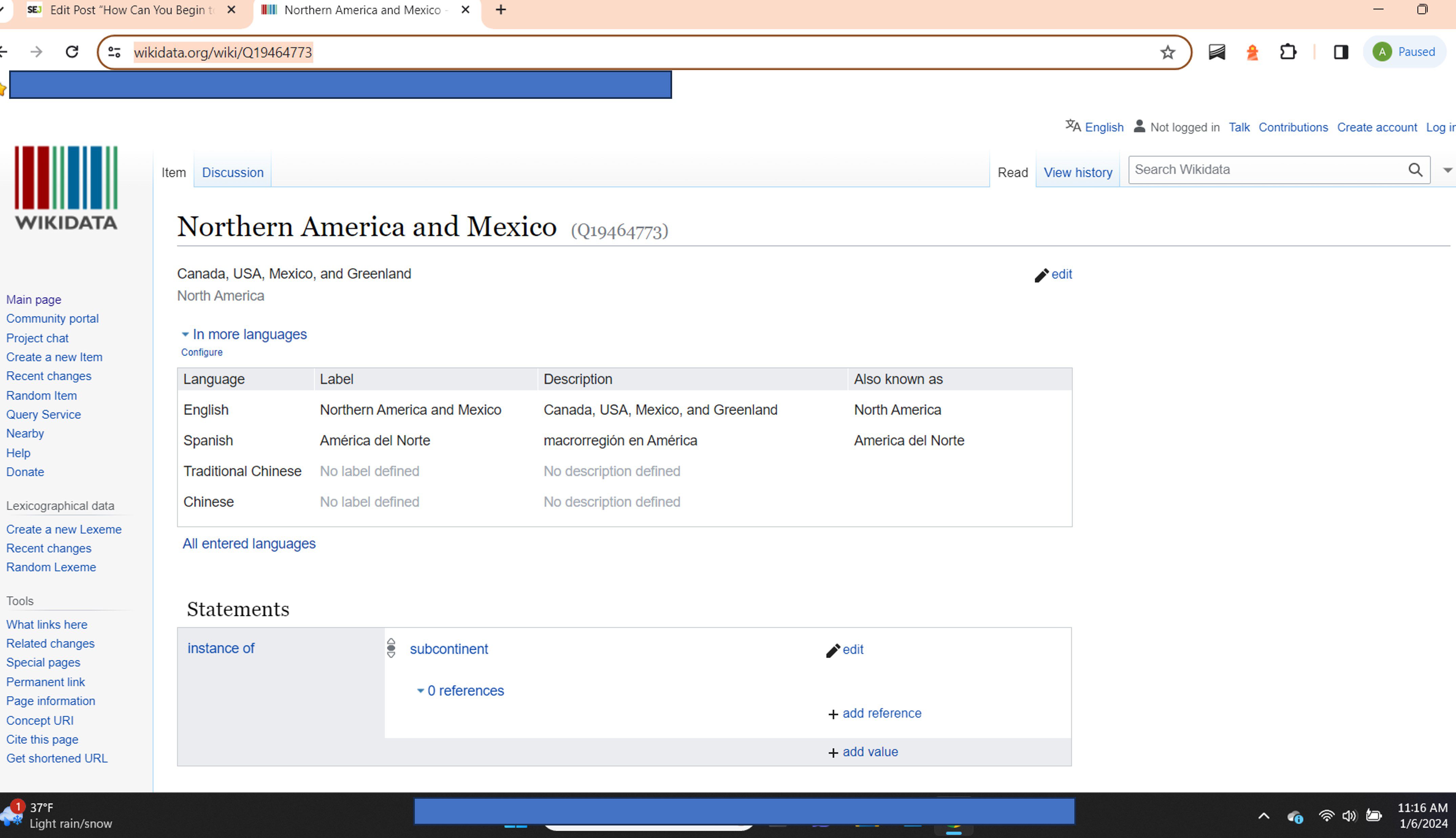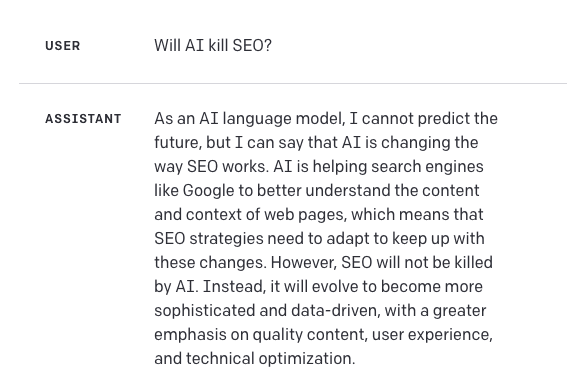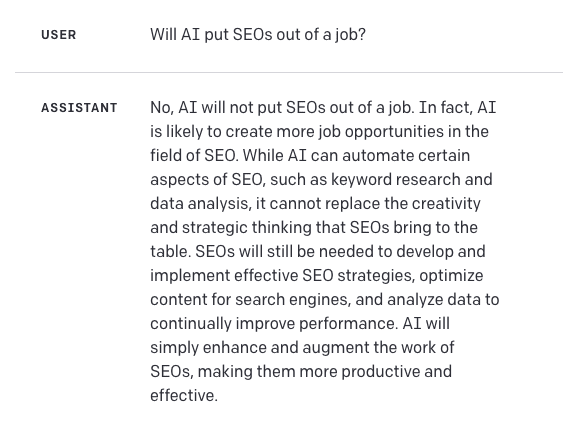How Do Keyword Optimizations Change After Helpful Content Update? via @sejournal, @rollerblader

Today’s Ask an SEO question comes from Ines, who asks:
“Can we go over how/if keyword optimization will change (after the Helpful Content update)?”
Great question, and one that gets asked a lot, especially when sites get penalized, remain stagnant, or lose positions.
Keyword optimization strategies should not change at all because SEO pros should never be optimizing for keywords.
If you want Google to know when to show and optimize your page, you have to optimize for a solution and the topic so that the person searching will benefit from the page they land on.
Yes, keywords make a page understandable for a search engine, and if it is the phrase and jargon your customers are using, it will be relatable.
Being relatable can increase conversions because you’re speaking your customer’s language. But don’t stress over the keyword.
If you’re going to focus on something, the best bet, if you want traffic and conversions, is to hone in on the intent of the searcher.
When you do this, the keyword begins to appear naturally throughout the page – and in ways an actual customer would be using it.
I’ll share an example and then expand on it while fine-tuning the “keyword-based” content.
If the keyword is “blue t-shirt,” do not do:
- Title Tag – The Best Blue T-Shirts from Blue T-shirt Store.
- H1 Tag – Blue T-Shirts From The Top Blue Tee Shirt Shop.
- Blurb – “We sell the most comfortable blue t-shirts available. Each blue t-shirt comes in crew neck, v-neck, and wrangler or baseball style with blue tee sleeves. Shop below to find the best selection of blue tee shirts in cotton, polyester, and blends.”
This is trying to optimize for a keyword phrase and keyword stuffing.
You also do not need variations of the phrase “blue t-shirt” as often because modern search engines have begun understanding the differences. They use the context and, likely, the structure of the page to understand what the product, service, or content on the page is.
It’s a hard habit to break – and I’m guilty of it – but one that is vital for success with the spam, core, and HCU signal checkers and algorithms.
One thing we do with our clients is have a stranger read the text.
If their facial expressions change, the test groups look confused because they’re repeating the same phrases over and over, or they pause and start to laugh; we have keyword-stuffed the content (i.e., optimized for the keyword) and need to rewrite the text.
Pro tip: You don’t have to spend tons of money on focus groups. I use coffee shops and cafes where there’s a regular influx of people coming in and out (so nobody knows what I’m asking after 10 minutes), and people are bored waiting for their coffees. I’m giving them something to do. At times, I’ll pay for their coffee as well.
Let’s look at another way to get the same message across that is more “SEO friendly” but with fewer keyword optimizations.
In this example, I’m thinking about the types of phrases that would answer a customer’s questions and incorporating them into the architecture and content so they know they’re in the right place if they visit.
It may look like:
- Title Tag – Comfy Blue T-shirts Available in Popular Styles.
- H1 – Blue T-shirts for Sports & Casual Wear.
- Blurb – “Are you looking for a graphic t-shirt that is perfect for school, or a wrangler with blue sleeves for baseball? You’re in luck. Here at ABC brand, we sell a huge selection of these tees in multiple fabrics and styles no matter what style you need.”
This type of copy isn’t perfect, but it speaks to the reader and lets them know you may have a solution for their “blue t-shirt” needs. But like I said, we can take this multiple steps further.
I don’t know if this is accurate or not, but from my experience, I have seen the relevance of a header tag pass through to the copy below. So if the H1 tag is “Blue T-shirt,” don’t stuff that in below.
Describe the blue t-shirt, its purpose, and uses instead of keyword stuffing. Modern search engines likely know how to connect the two. So, let’s go deeper and create a more topically relevant copy experience.
Pro-tip: Talk to your customer support and warehouse team and look for the reasons the blue t-shirts get returned. Adding hints as to which to buy can reduce returns, time wasted with customer support about sizing, etc. This reduces overhead, labor costs, and wait times for actual customer problems.
Issues you may discover in our fake scenario may include:
- Faded during the fifth wash.
- Didn’t fit or was too tight.
- Ripped after wearing.
- The colors didn’t match the photos.
- Arrives after the needed date (think print on demand for parties).
Take the customer support and warehouse feedback and place it in a keyword cloud, or try using AI or a custom GPT to create a keyword cloud of the most common three to six-word phrases.
This gives you a way to meet customer needs and potentially include longtail phrases with topical relevance throughout the category and product pages.
Once you have these, think about where these answers can be included on the page:
- A few additional words in the product description or category.
- FAQs on the product or collection/category page.
- The blurb at the top of the page, or if needed, below the product grid.
- It can also be included in your live chat scripts, although that won’t help with SEO.
You can always try adding content to a column in the products as well as your site search box. However, site search won’t help with SEO, so I’ll save that for a different column if someone asks. How does this relate to SEO?
Modern search engines try to show the most relevant experience, and if someone is looking for a product that ships fast, has positive reviews, doesn’t fade, and can stand up to summer camp dirt and grime, having this information on your page lets them know you have a solution to the searches needs.
But don’t go wild!
Here’s what the page may look like now:
- Title – Fade-free Blue T-shirts in Multiple Styles & Materials.
- H1 – Blue T-shirts That Last.
- Blurb – “From baseball to casual wear, and cotton to mixed blends, when you shop ABC brand, you’ll discover a selection of fade-resistant blue t-shirts that are machine washable and in sizes from XS to XXXL. 2-day shipping available. Buy a size up; they’re tight in the chest.”
Now add in FAQs, but make sure they only apply to the blue category of t-shirts. If they apply to red, white, green, or purple, then they should go in the main t-shirt category, as blue FAQs should be specific to blue.
Here’s an example of an FAQ that belongs on the category page and one example that should not go on the page.
One that can go on the page:
What does the blue look like after five washes?
Although our blue tones are made from X, Y, or Z dyes which are fade-resistant, fading happens, especially in warm or hot water. Here’s a color chart featuring Royal, Baby, and Navy after five, 10, and 30 washes.
One that should not go on the page:
The blue isn’t like the color in the photo, what can I do?
If the color doesn’t match the image on the page, you’re covered by our return policy which you can find here.
The second FAQ does not go on the page because it applies to any and all colors. It is about the return policy and is not specific to a blue T-shirt. It belongs on a general store FAQ page.
An alternative to the FAQ is to include you have a money-back guarantee near the CTA on the product pages and link to the policy from there. It’s a trust builder, not a piece of unique copy.
Focusing and optimizing for keywords is how you get penalized. Focusing on providing a good user experience and the topic of the queries is how you get rankings.
- Look at the keyword groups.
- Match the intent to the page type, like a collection, product, blog post, or comparison.
- Write content that answers users’ questions.
- Match the images to consumers’ needs.
- Include bonus tips that help make a positive shopping experience, like sizing and care instructions.
- Don’t keyword stuff.
I hope this helps answer your questions about keyword optimizations and the helpful content update. Thank you for being a subscriber.
More resources:
Featured Image: BestForBest/Shutterstock










